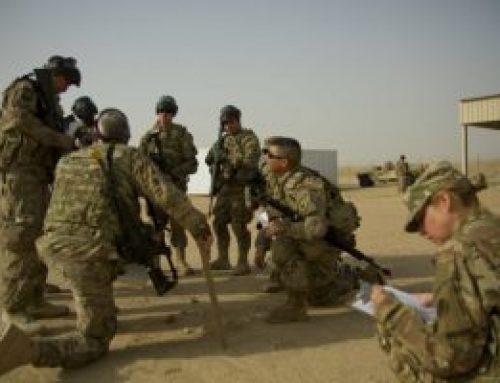 Change is the only constant and leaders must rise to the challenge consistently. Agility in such an environment and the ability to pivot and change tactics to ensure positive outcomes is essential in our ever-changing market environments.
Change is the only constant and leaders must rise to the challenge consistently. Agility in such an environment and the ability to pivot and change tactics to ensure positive outcomes is essential in our ever-changing market environments.
Yet, agility alone cannot achieve all desired outcomes and must be balanced by consistency. Too much agile thinking and practice and the organization may lose focus. However, too much consistency may allow rigidity to creep in. An excellent article in Harvard Business Review discusses the delicate balance between these two qualities and how leaders can leverage and develop both. First identify what your natural tendency is: an agile thinker who can run many projects but may lack follow through, or someone who can see a process through to the end but might not be able to react quickly when something is not working. Awareness is the first step toward growth and development.
Most managers know that surrounding yourself with talented individuals helps both you and the organization. Once you understand your tendency toward agility or consistency, look for the opposite characteristic among your employees. This individual can complement and challenge you—a regimented person can keep someone with lots of ideas and weaker follow-through on track. Likewise, someone with the ability to transition from project to project can model agility for someone who struggles with switching gears. This is not to say that it is essential to force yourself to adopt a tendency that does not come naturally. We can seek to develop a balance between consistency and agility within ourselves but we all have limitations. When we hit those limits, it is time to look for outside help.
In addition to seeking the balance between agility and consistency by leveraging the skills of those around you, HBR recommends putting operational procedures in place. For those striving for consistency in business practices, monitor progress through dashboards and measure results with scorecards. To develop agility, adopt planning models that allow for flexibility and changes to the bigger picture along the way.
image source:freerangestock.com





